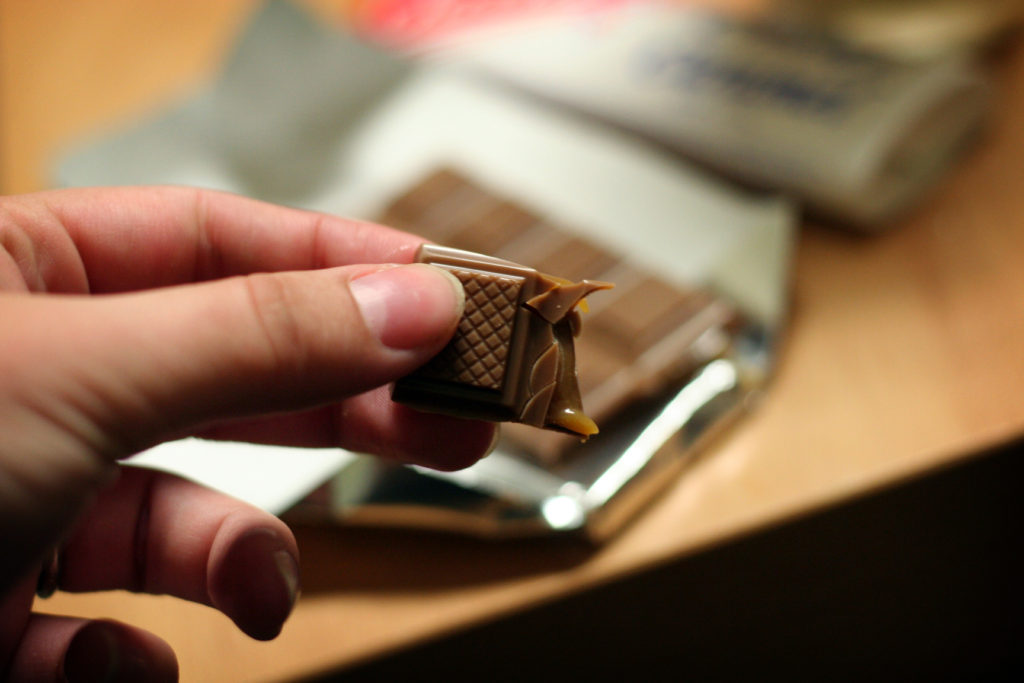
On previous occasions, we have talked about the problems faced by the global banana industry, which is based almost entirely on a single cultivar, the Cavendish banana, which makes the industry extremely vulnerable to a single disease or blight that may arise.
It turns out that cacao, the tree that gives us chocolate, has the same problem. There are hundreds of varieties of cacao, but only a very few are actually cultivated commercially. In fact, most varieties produced worldwide belong to a narrow set of clones selected in the 1940s. As is true for bananas, this narrow gene pool means that most cultivated cacao is susceptible to the same diseases and these can spread quickly.
Cacao production was a big industry in Costa Rica until the late 1970s when a fungal blight known as frosty pod rot spread around the country and decimated the cacao crop. By 1983, Costa Rican exports of cacao beans had declined by 96%. The industry there has never recovered. Recently, there has been an outbreak of the fungus in Jamaica.
To try to protect the global cacao industry, an organization known as C.A.T.I.E., which is a Spanish acronym for the Tropical Agricultural Research and Higher Education Center in Costa Rica, has been producing hybrid strains of cacao starting from the most naturally tolerant and productive cacao trees.
After 11 years of trials, they have released to the world a hybrid called C.A.T.I.E-R6, which is 15 times more resistant to frosty pod rot and can produce three times more cacao than standard varieties. Six different C.A.T.I.E. hybrids are starting to be cultivated in a number of places around the world.
Introducing diversity in the global cacao crop is essential in the battle to save chocolate.
**********
Web Links
A Battle to Save the World’s Favorite Treat: Chocolate
Photo, posted March 29, 2009, courtesy of Ginny via Flickr.
‘Saving Chocolate’ from Earth Wise is a production of WAMC Northeast Public Radio.
Leave a Reply